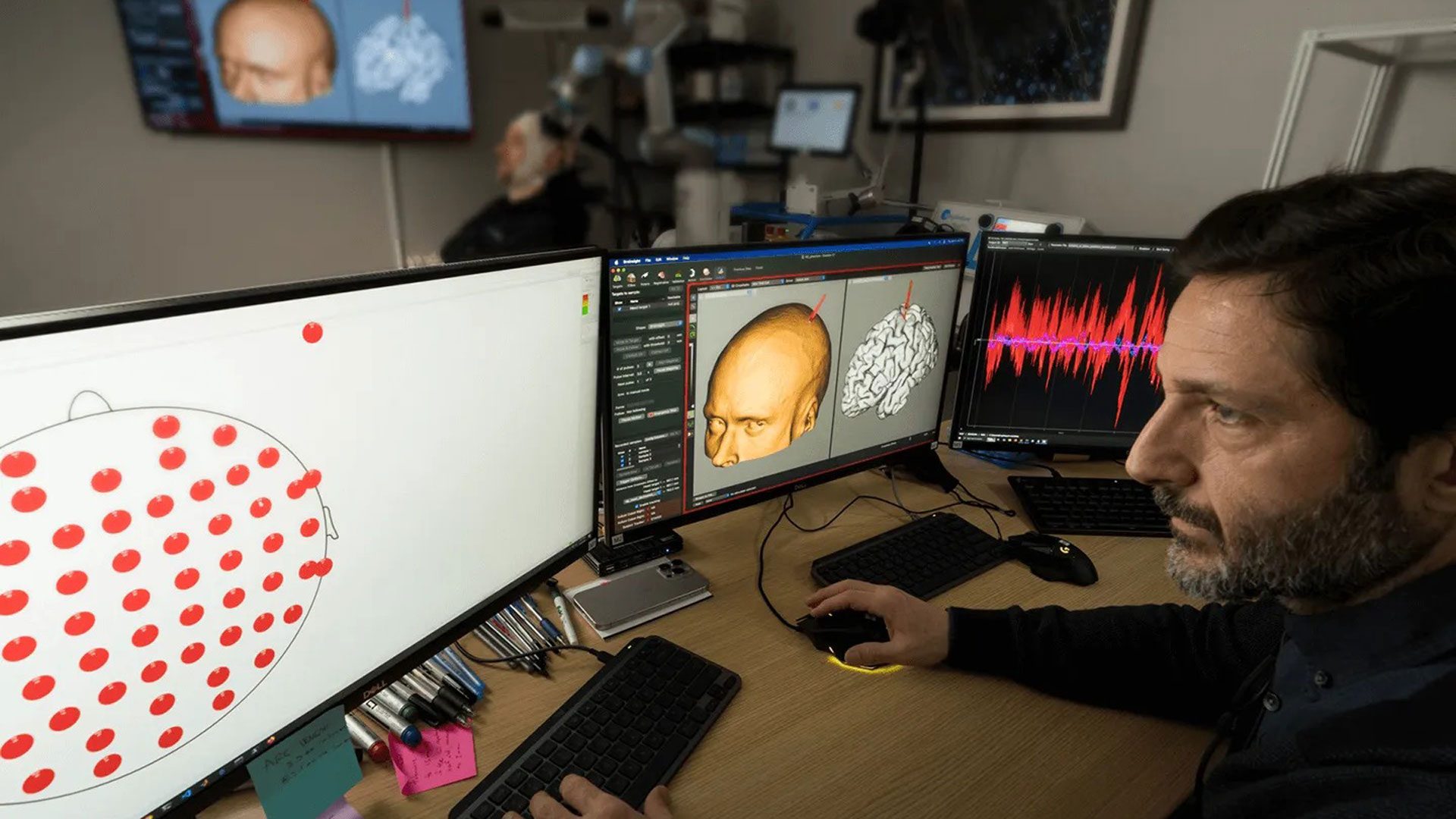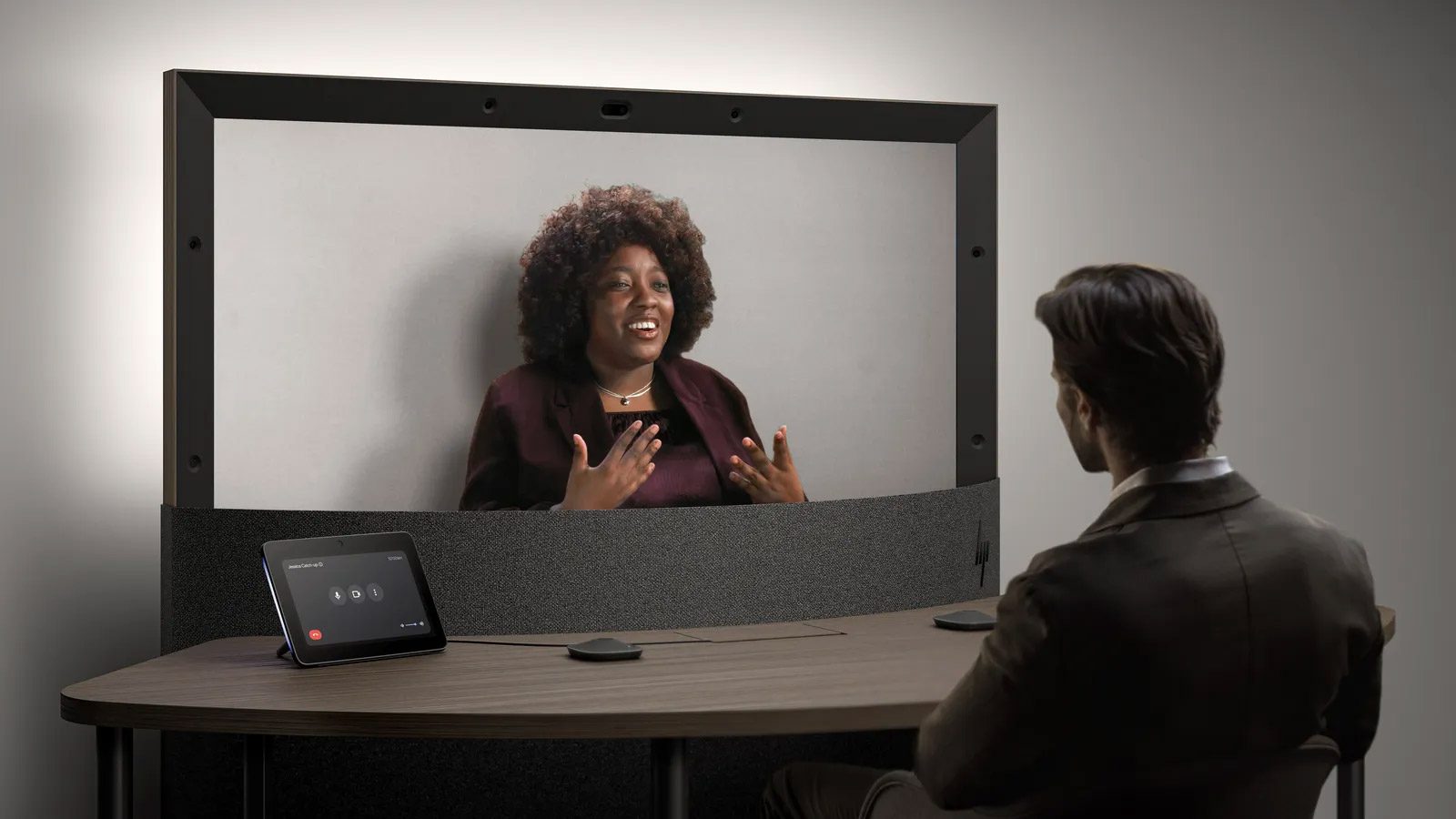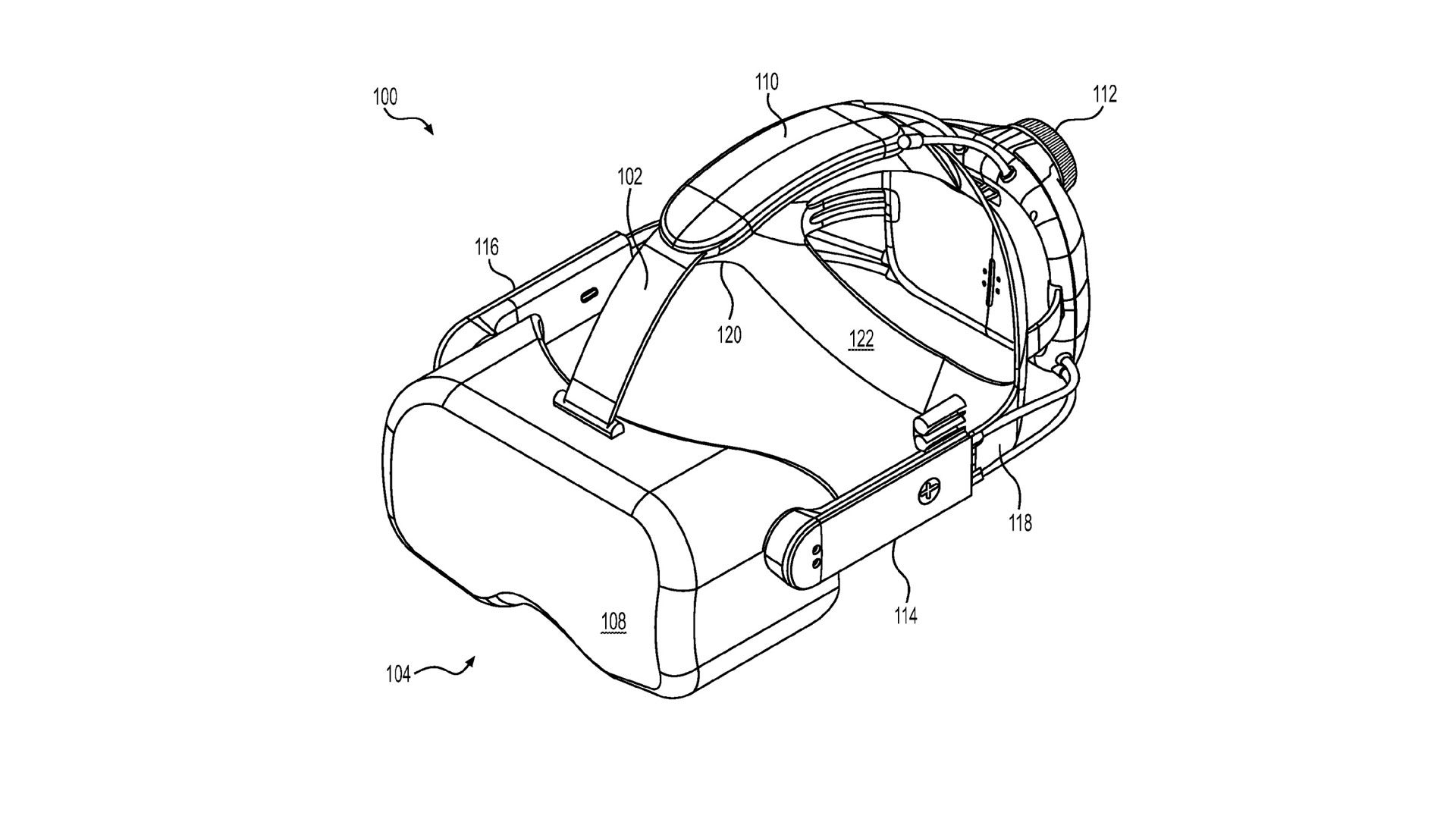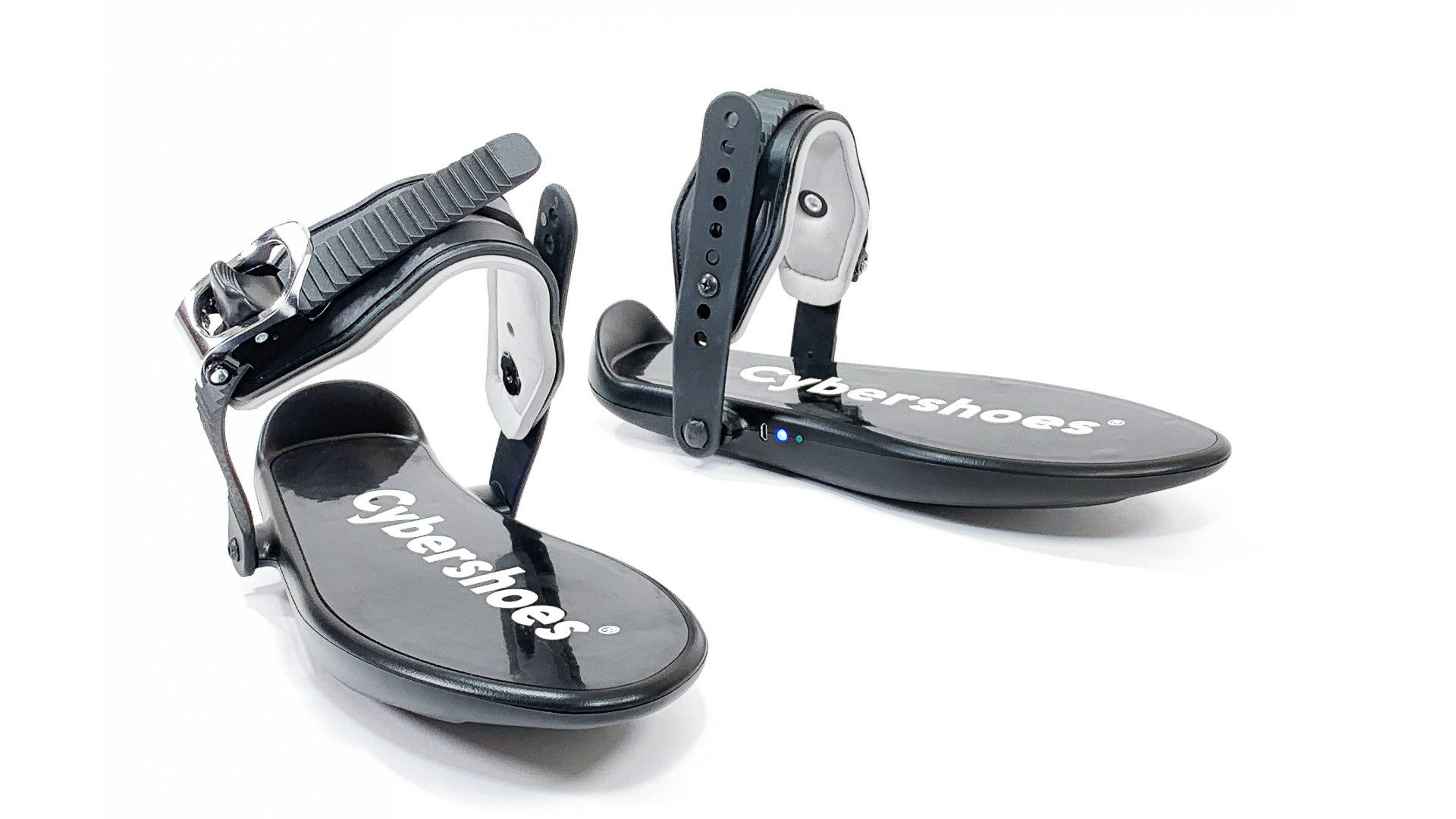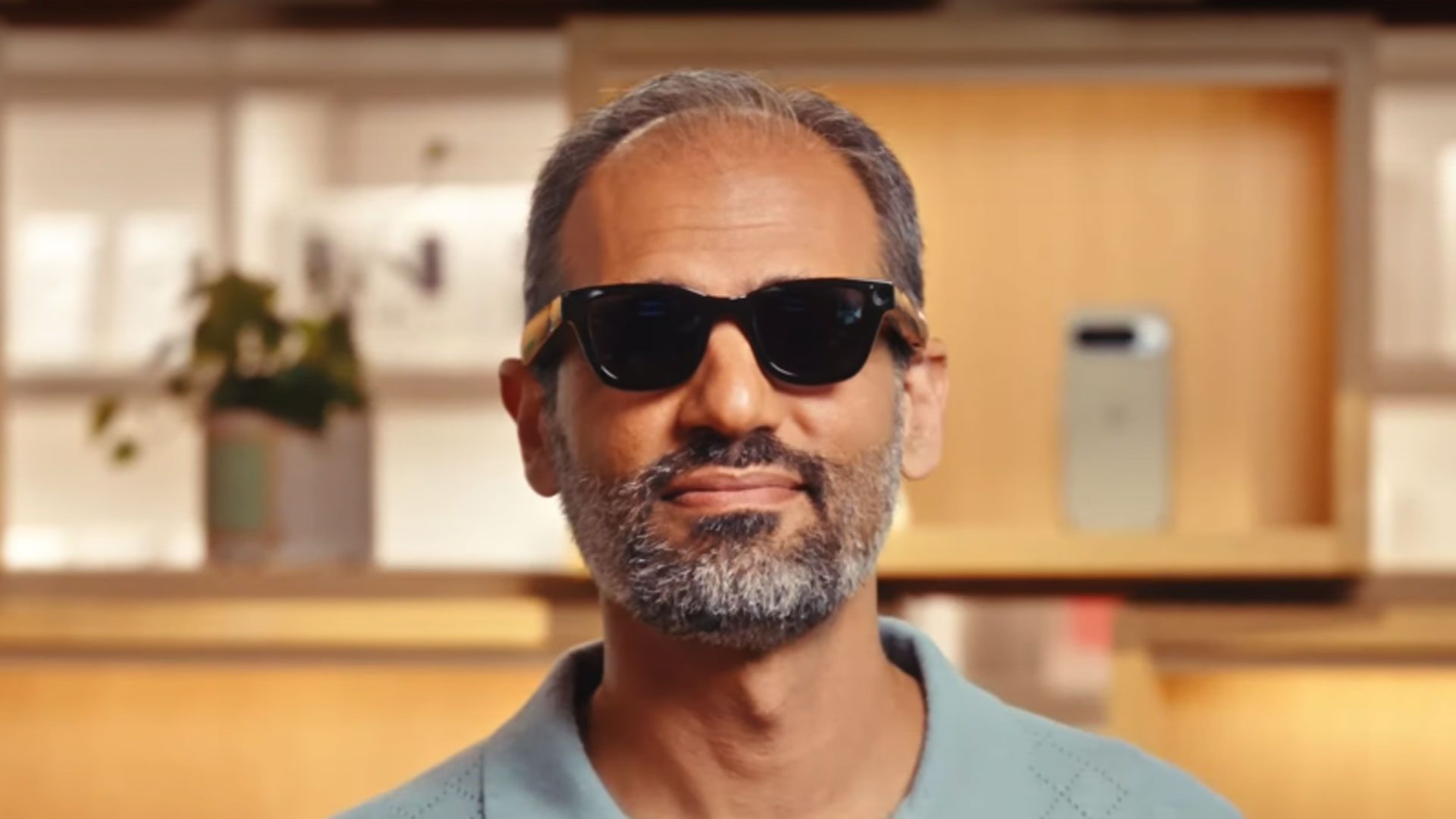The Apple Vision Pro comes with a staggering price tag of $3,500, yet it still hasn’t quite made its mark in the world of VR. Boasting some of the finest visuals and hand-tracking capabilities, the initial excitement surrounding it has unfortunately fizzled out just a few short months after its debut. A hefty price like that is definitely a contributing factor. So, what needs to happen to make it a real competitor to the Meta Quest 3? Well, it seems Apple might need to strip away some of the elements that currently set the Vision Pro apart.
At Apple’s sprawling headquarters, the team is grappling with the challenge of designing a more affordable version of the Vision headset, aimed for release next year. According to Mark Gurman of Bloomberg, this more budget-friendly model could land somewhere between $1,500 and $2,000. Gurman has shed light on a few strategies Apple is considering to slash production costs, such as eliminating the somewhat unnecessary EyeSight display that mirrors the user’s eyes. Had they initially decided to drop that feature and lower the price, it might have been a win-win situation from the outset.
Currently known as N107, this less pricey Vision headset might pack a less powerful chip compared to the M2 in the Vision Pro, despite the fact that the current headset has already pushed the M2 to its limits. Apple could also scale back on the exterior passthrough features and reduce the field of view. But if they go that route, they’d be taking away what makes the Vision Pro stand out in contrast to the $500 Quest 3.
The alternatives on the table seem less promising. Gurman mentions, based on insider information, that Apple has toyed with the idea of requiring the budget Vision headset to connect to an iPhone or Mac for extra power. This concept is similar to what the $1,800 Spacetop G1 and XReal’s Beam Pro do, as they use an external device to power their AR glasses through a wired connection. The glasses might be lighter than headsets, but adding more wires to the Vision could really hamper its functionality. The Vision Pro already has a wired external battery pack, which isn’t popular, so adding more cables wouldn’t help.
Looking ahead, a new iteration of the Vision Pro is expected around 2026, reportedly under the codename N109. This future version might only need enhancements in comfort and processing power to elevate what is already touted as a leading high-end headset on the market, despite its unaffordability for many.
Apple isn’t stepping away from its augmented reality dreams just yet. Gurman reports that their VR team is still recruiting, although 2025 Vision sales projections have been cut, according to some analysts. The ultimate aim, in line with CEO Tim Cook’s original vision, is authentic AR glasses, but even Apple’s experts believe that’s still a long journey ahead.
Although the Meta Quest 3 offers more value, Meta is apparently shifting its focus to other products like the Meta Ray Bans, which have exceeded expectations in popularity. Despite the new features and enhancements for visionOS showcased recently at WWDC, Apple’s VR headset hasn’t sparked fresh interest. The technology’s weaknesses, including comfort issues and steep prices, continue to make it a tough choice for the average consumer. Adding the necessity to connect the headset to other devices like a laptop or phone only serves to highlight how supplementary it is compared to devices that effortlessly travel in your backpack or pocket.































